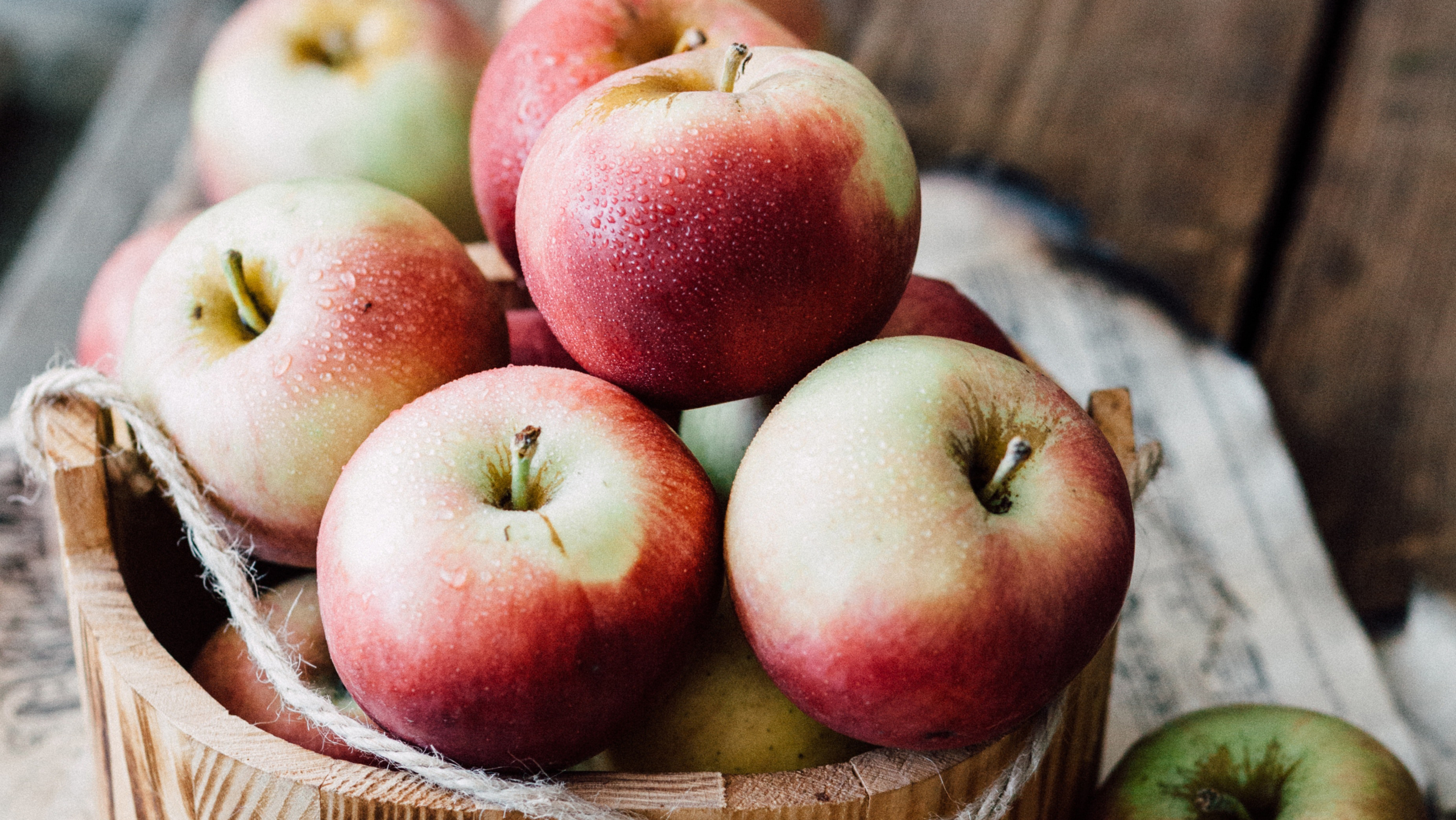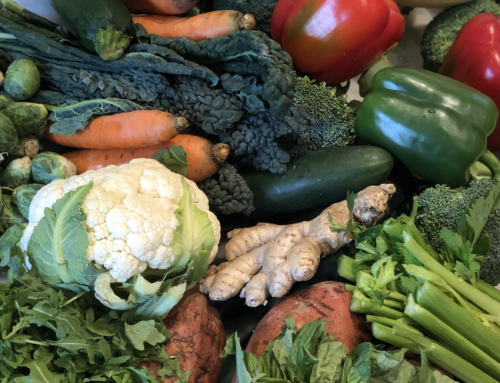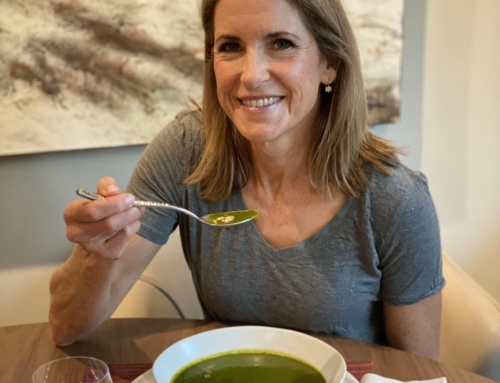When warm, hazy stretches give way to the crisp, cool days of Fall, everything feels new. And just as the seasons change, your body’s needs change with each season. How you eat, what you eat, and where your food comes from all play a role in seasonal eating.
Master Eating Seasonally
As the external conditions turn windy, dry, and cold, so do your internal conditions, which means changing aspects of your life, paired with moist and warm foods will naturally nourish you. Focus on the following tips to stay healthy and boost your immunity into the winter:
- Enjoy warm, cooked foods (think: soups, stews, porridge, casseroles) from my Top-10 list below
- Add healthy fat to your diet (i.e.: wild salmon, nuts and seeds, olive and coconut oil)
- Establish regular routines and a rhythm with your meals.
Fall farmer’s markets make it easy to eat seasonally. Also, when you’re familiar with what good organic produce costs at your local grocery, you can shop the farmer’s market armed with that knowledge and stock up when you find a deal. In addition to the invigorating experience of shopping at an outdoor market, you can feel good knowing that you’re supporting your local economy and reducing your carbon footprint (don’t forget bags!).
Top-10 List of Fall Foods
1. APPLES / PEARS
These low-glycemic fruits pack a punch, with apples touting particularly cleansing properties. The high levels of malic acid promote metabolism function, skin health, and sweeps metals like aluminum and lead from your body. The natural pectin in both fruits works to cleanse the intestinal tract and remove toxins from the bloodstream. Take advantage of the pick-your-own orchards, but with apples, always seek out organic as they top the Environmental Working Group’s “Dirty Dozen” list (foods that are most heavily sprayed with pesticides).
2. GINGER
Anti-inflammatory, immune-boosting, and tummy soothing, this Ayurvedic superfood is extremely balancing and pairs well with winter flavors. Try blending fresh ginger with carrots in a spicy-sweet soup or grating and enjoying in a soothing tea.
3. ROOT VEGETABLES
Beets, carrots, parsnips, turnips, rutabaga, and sweet potatoes can be found in abundance at the farmer’s market and if stored in a very cool, dry space, they’ll keep for weeks so be sure to stock up! Grounding and mildly sweet, root crops contain ample complex carbohydrates (“good” carbs), fiber, and antioxidants. Chop and roast with olive oil and onions for a simple, satisfying dish.
4. WINTER SQUASH
Pumpkin, butternut, and acorn squashes are Fall staples. Winter squash trump Summer varieties in nutrient-density and boast high levels of beta-carotene, B vitamins, fiber, and potassium. A great source of slow-burning carbohydrates, which keep you feeling full longer, you store winter squash just as you do root veggies.
5. DARK LEAFY GREENS
Kale and collards taste are nutritional powerhouses with a long list of beneficial nutrients; namely folate (great for child-bearing years), chlorophyll (a powerful blood builder), and calcium (especially potent when the greens are cooked).
6. BRUSSELS SPROUTS
A member of the Brassica family, look for them fresh on the stalk at your market for an impressive display. Like other cruciferous vegetables, Brussels sprouts are rich in phytonutrients, which are shown to provide a measure of protection from cancer.
7. OATMEAL
Did you know heart-healthy oatmeal is harvested in the Fall? Of course, you can get it year-round, but it’s best to eat when the body calls for more warm, cooked foods. The soluble fiber content of this food in the form of beta-glucans can help lower LDL (“bad”) cholesterol and boost your immune function. For the least processed oat, choose steel-cut. I love oatmeal with a teaspoon of coconut oil, goji berries, and my Superseed Medley of flaxseed, hemp seeds, and chia seeds.
8. TOFU
According to Ayurveda, tofu is a Vata-balancing food, so it’s best to enjoy in moderation during this time of year. Steer clear of processed soy products and instead opt for plain, non-GMO tofu. With each serving you get a good source of plant protein, calcium, isoflavones (LDL fighters), and heart-protective omega-3s.
9. LENTILS
Lentil stew, warm lentil salad, lentil casserole. These all belong in your Fall/Winter food rotation! In lieu of raw dishes, opt for these quick-cooking legumes for when you crave an earthy, iron- and protein-packed meal.
10. POMEGRANATE
This decadent fruit is only in season for a short period-and autumn’s it! Enjoy these pungent-sweet seeds liberally as they supply vital antioxidants (which prevent free radicals from harming cells), Vitamin C, and potassium. The juice carries the same benefits as the seeds!






